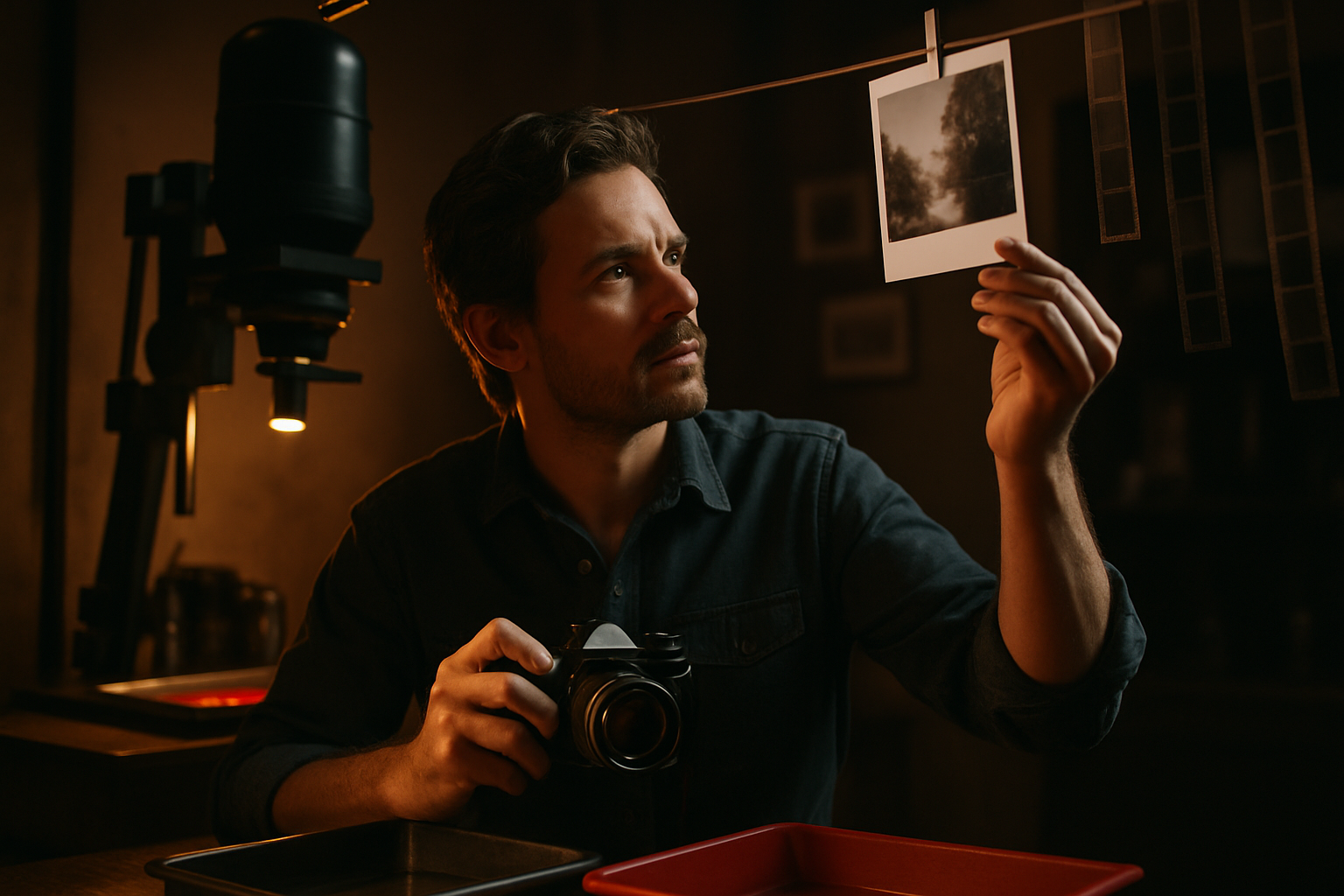Futuristic Landscapes: How Digital Art Transforms Our Perception of Reality
In the sprawling territory of the arts and entertainment industry, a new frontier has emerged and is gaining momentum. Digital art, a creative medium born out of technological innovation, is not just reshaping the artistic landscape; it is transforming our perception of reality. This article delves into the rise, impact, and current trends of this revolutionary art form, and how it is challenging our understanding of what art can be.

A Glimpse into the Past: Origins of Digital Art
Digital art, while a relatively modern phenomenon, stems from a rich history of artistic experimentation and technological advancement. The roots can be traced back to the mid-20th century when artists began utilizing computers to create abstract patterns and shapes. Early pioneers like Vera Molnar and Harold Cohen laid the groundwork, manipulating primitive software to generate art. This breakthrough marked the dawn of a new era, merging creativity and technology in ways previously unimaginable.
The Art of the Present: Current Trends in Digital Art
Fast forward to the present day, and digital art has evolved into a diverse and dynamic field. With advancements in technology, artists now have an astounding array of tools at their disposal. From digital painting and 3D modeling to virtual reality and augmented reality, the spectrum of digital art is continually expanding.
One of the most significant current trends is the emergence of non-fungible tokens (NFTs). These digital assets are transforming the art market, allowing artists to sell their digital works directly to collectors. The recent record-breaking sale of a digital artwork by Beeple for $69 million at Christie’s auction house demonstrates the potential of this new market.
The Future is Now: The Impact of Digital Art
Digital art is not just transforming the art world; it is revolutionizing our perception of reality. Through immersive experiences, digital artists can transport viewers into alternate realities, blurring the lines between the virtual and the real. These experiences challenge traditional notions of art as a static, tangible object, instead presenting it as a dynamic, interactive experience.
Moreover, digital art is democratizing the art world. With the advent of social media and online platforms, artists can now share their work with a global audience, breaking down the barriers of traditional gallery spaces. This accessibility is creating a more inclusive, diverse, and vibrant art scene.
The Reception: Embracing the New Age of Art
While some traditionalists may bemoan the rise of digital art, arguing it lacks the authenticity and tactile nature of traditional mediums, the reception has been largely positive. The public is embracing this new age of art, captivated by the boundless possibilities it offers. The success of digital art exhibitions, such as teamLab’s immersive installations, and the growing market for NFTs, are testament to this acceptance.
Digital art is more than just a passing trend; it is a seismic shift in the art world. As we move further into the digital age, it is likely to continue growing, evolving, and challenging our perceptions of what art can be. This exploration of digital art has only just begun; the future promises even more innovative and immersive experiences.




